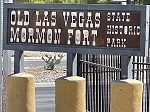| NAME | DESCRIPTION |
| OLD LAS VEGAS MORMON FORT STATE HISTORIC PARK | Old Las Vegas Mormon Fort State Historic Park is a state park of Nevada, USA, containing the Old Mormon Fort, the first structure built by people of European heritage in what would become Las Vegas fifty years later. Mormon missionaries led by William Bringhurst arrived on June 14, 1855 and selected a site, along one of the creeks that flowed from the Las Vegas Springs, on which they would build the fort. The fort served as the midpoint on the trail between Salt Lake City, Utah and Los Angeles, California. The fort was surrounded by 14-foot (4.3 m) high adobe walls that extended for 150 feet (46 m). While called a fort, it was never home to any military troops but like many Mormon forts provided a defense for the local settlers against an Indian attack. As a result of the beginning of the Utah War, the Mormons abandoned the fort. The fort was called Fort Baker during the Civil War, named after Edward Dickinson Baker. In a letter from Col. James Henry Carleton written to Pacific Department headquarters, December 23, 1861, Carleton mentions his plan to send an advance party of seven companies from Fort Yuma to reoccupy Fort Mojave and reestablish the ferry there.[8] Carleton then intended to send on from there three cavalry companies and one of infantry to the Mormon fort at Las Vegas, and establish a post called Fort Baker. This was in preparation for an advance to Salt Lake City the following year.[9] The move to reoccupy Fort Mojave never occurred as planned because Carleton’s California Column at Fort Yuma were sent instead into Arizona and New Mexico to evict the Confederates there the next year. However, Fort Mojave was later reoccupied in 1863 by Union troops from California. In 1864, a road survey party led by Captain Price, Company M, 2nd California Cavalry traveled on the route from Fort Douglas to Fort Mojave passing through Las Vegas, stopping for water there on June 10. No mention is made of any garrison there.[10] Presumably the post was never garrisoned during the Civil War.. |
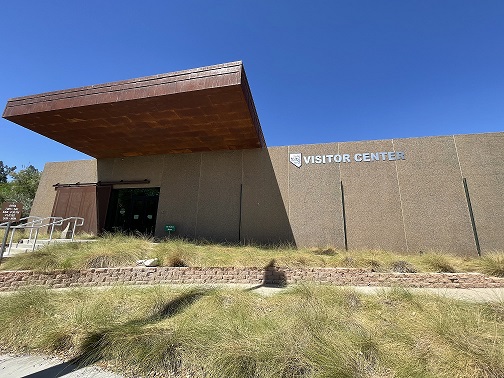
MORMON FORT VISITOR CENTER
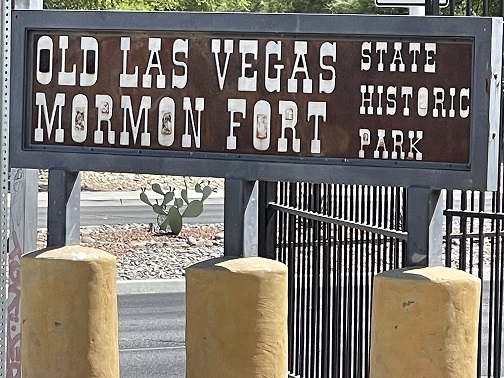
OLD LAS VEGAS MORMON FORT 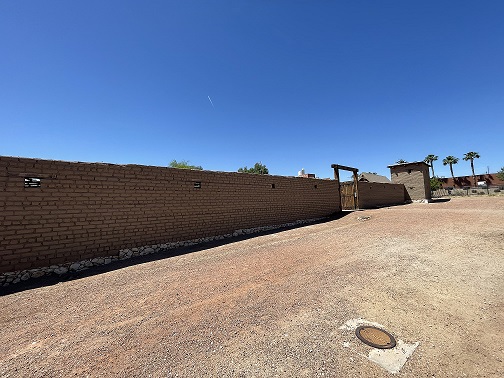
OLD LAS VEGAS MORMON FORT ENTRANCE
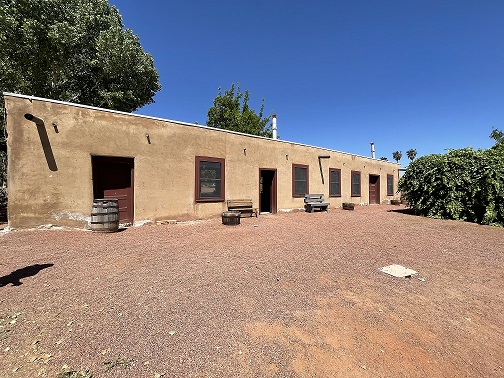
OLD FORT LAS VEGAS MORMON FORT 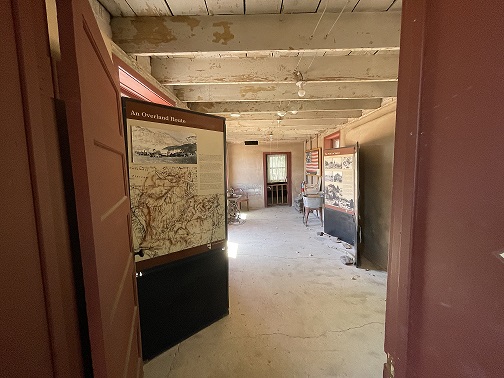
OLD FORT LAS VEGAS MORMON FORT
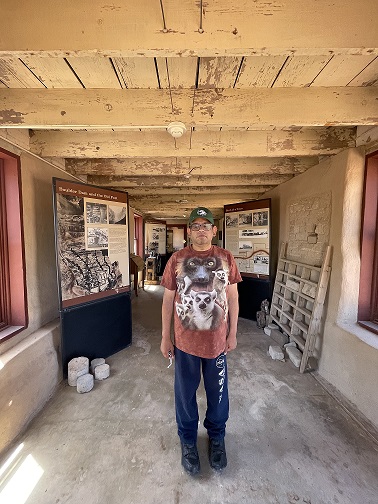
OLD MORMON FORT 
OLD LAS VEGAS MORMON FORT ENTRANCE
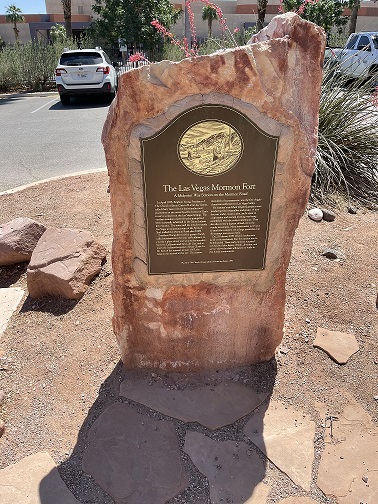
MORMON FORT LAS VEGAS 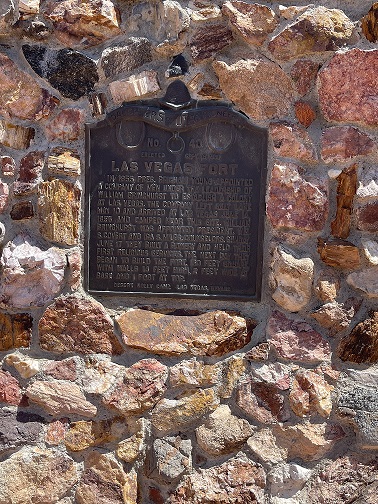
MORMON FORT LAS VEGAS
